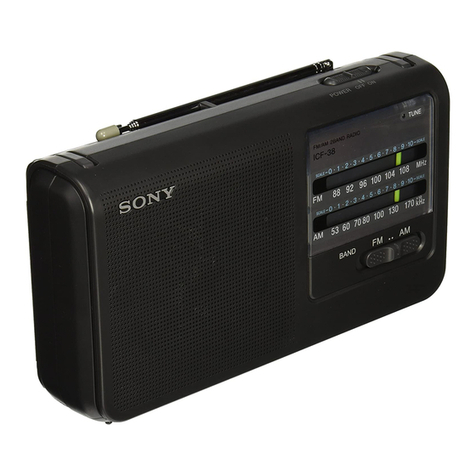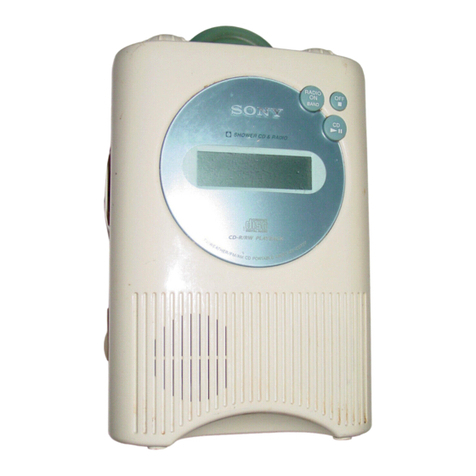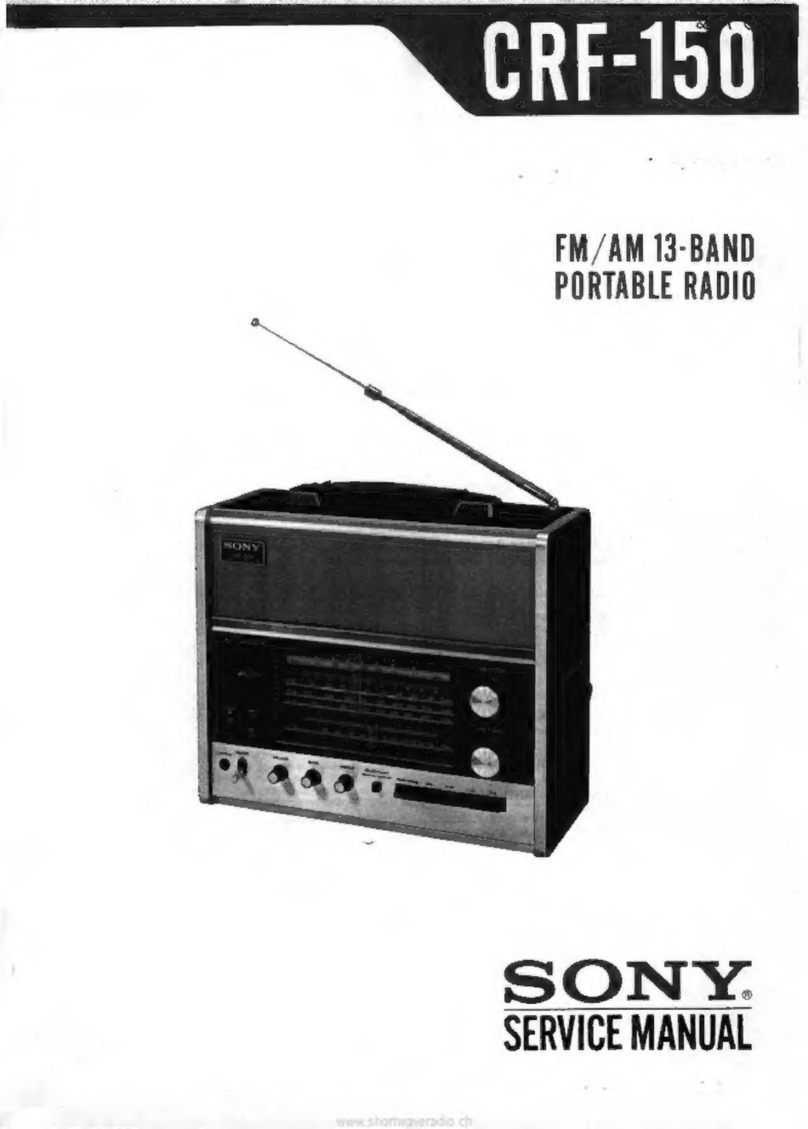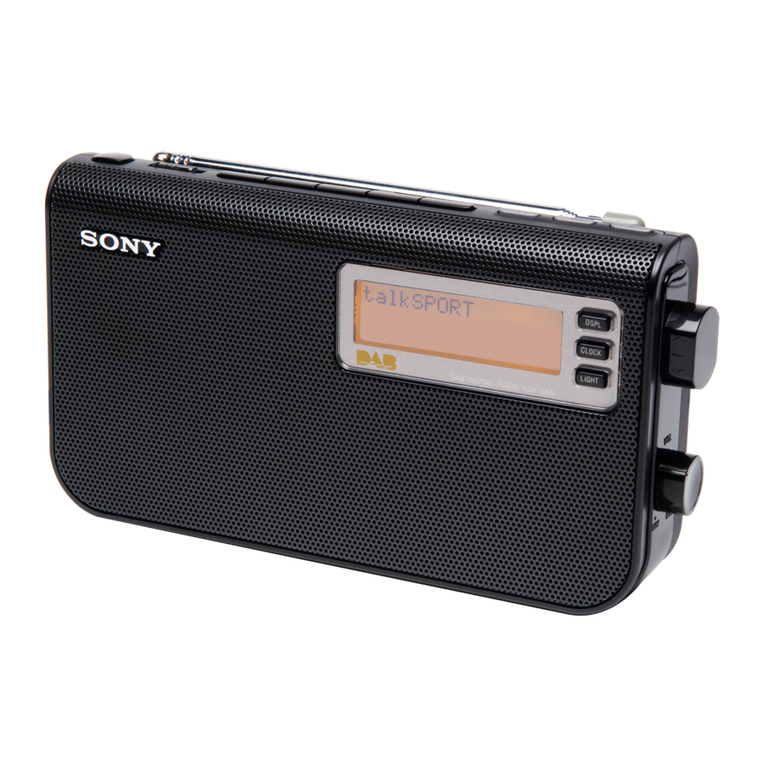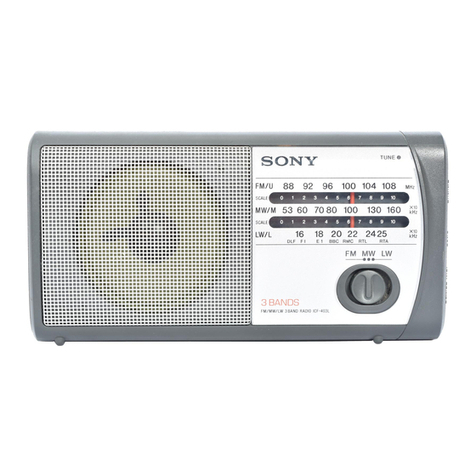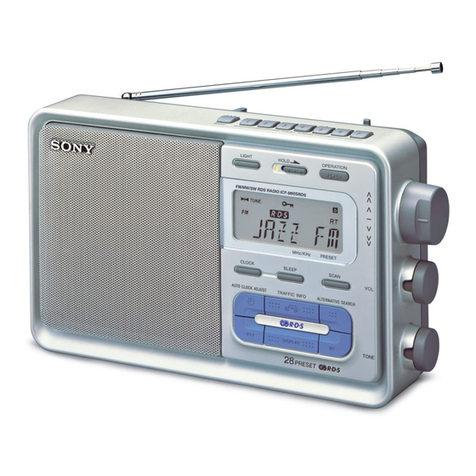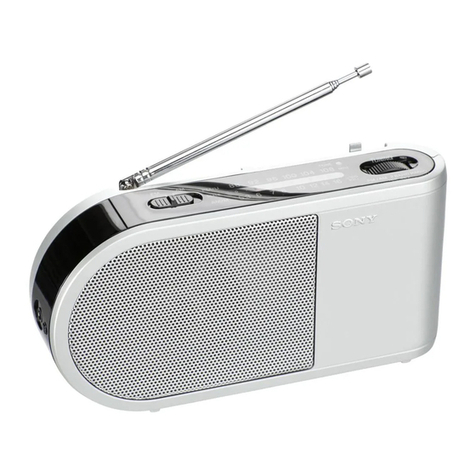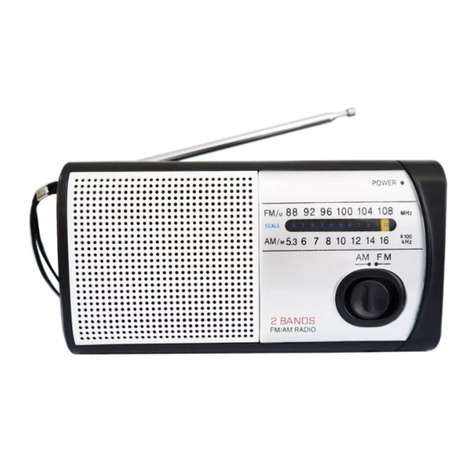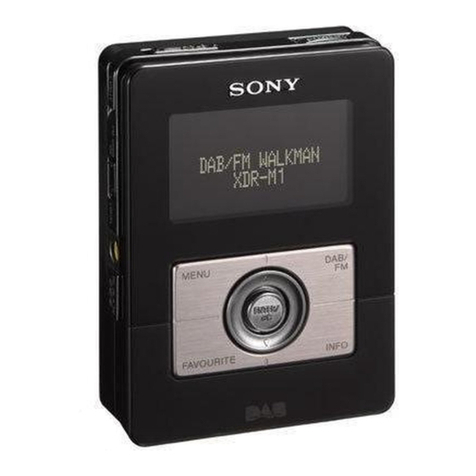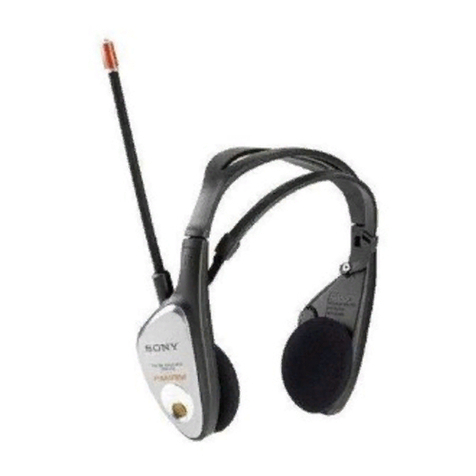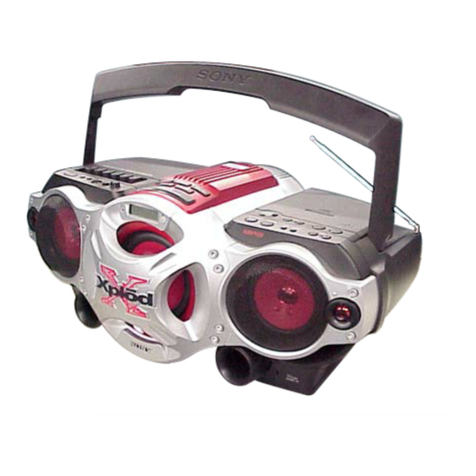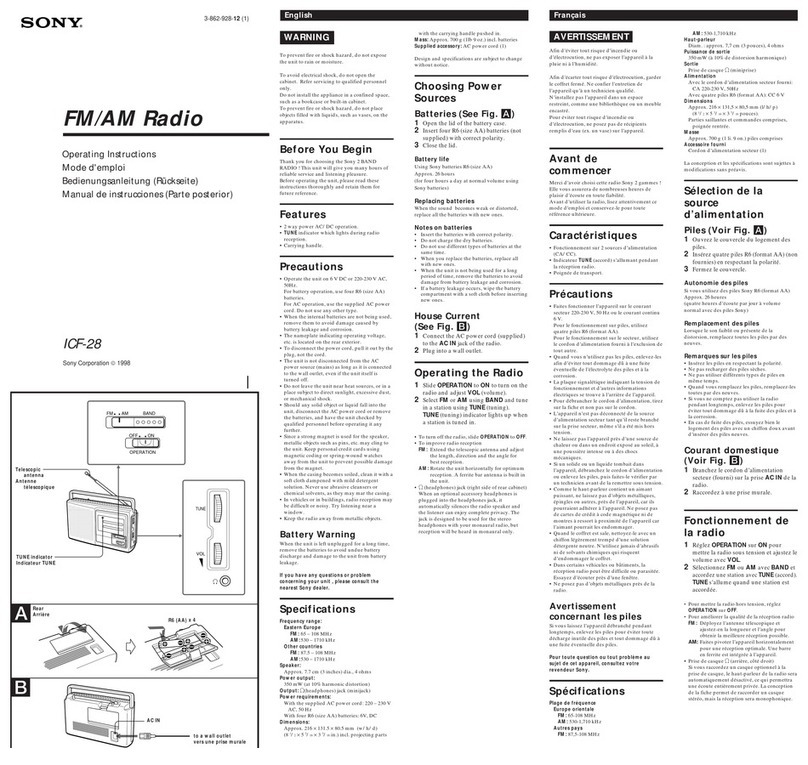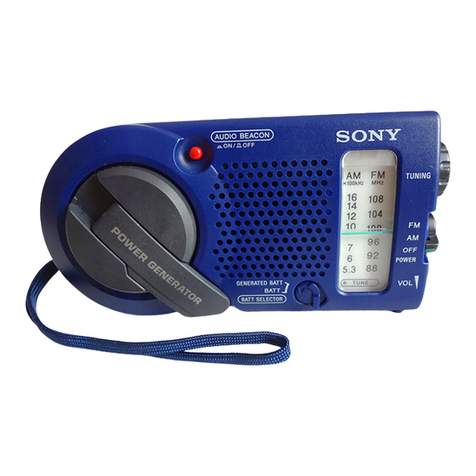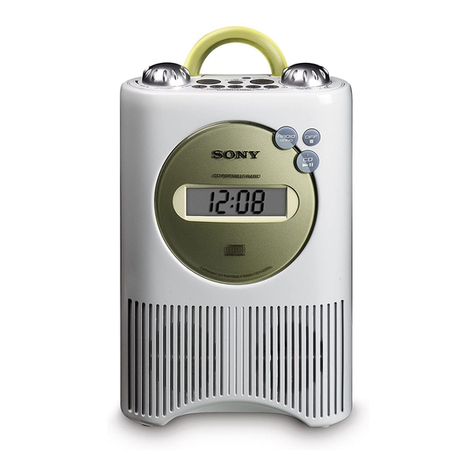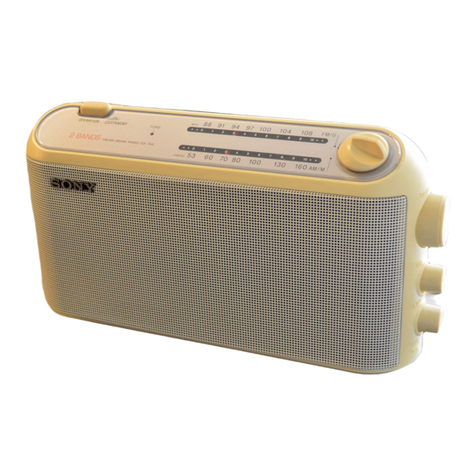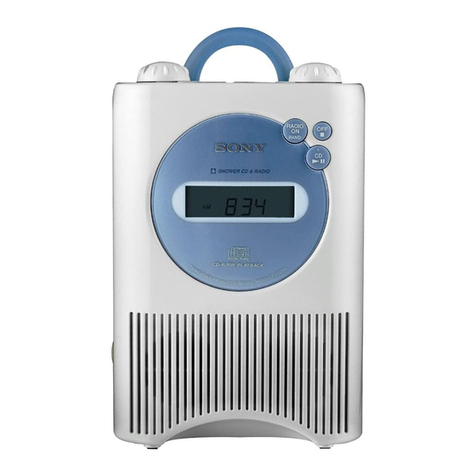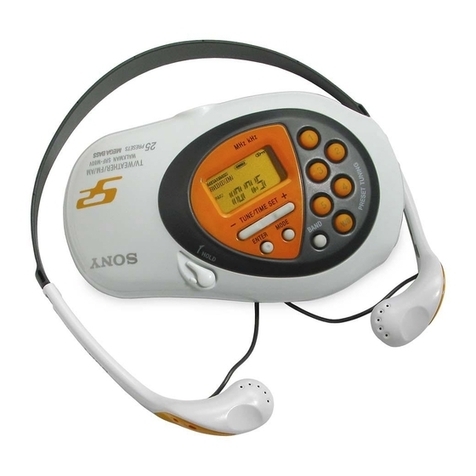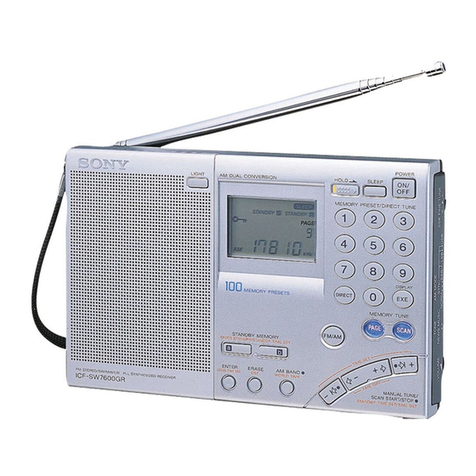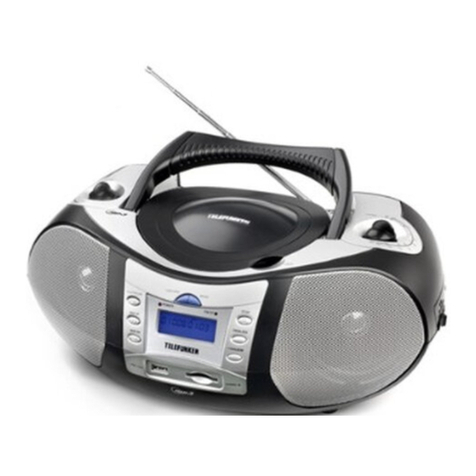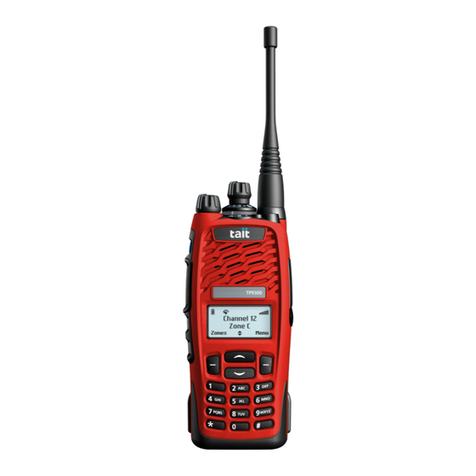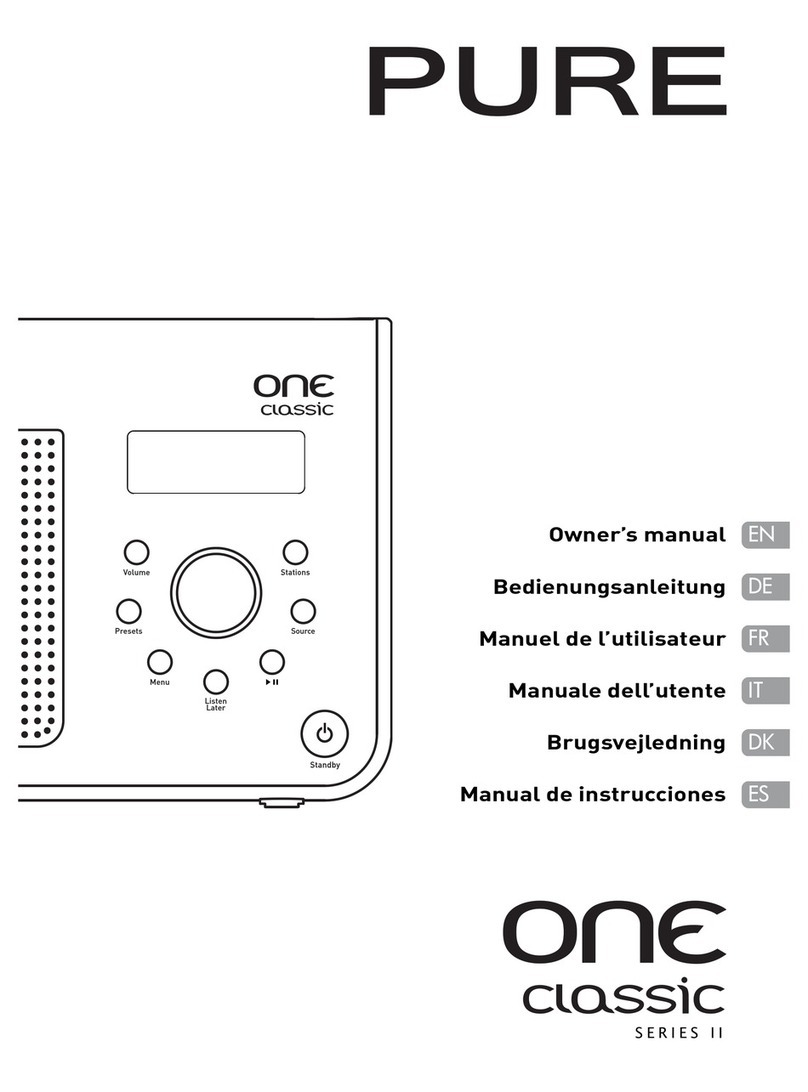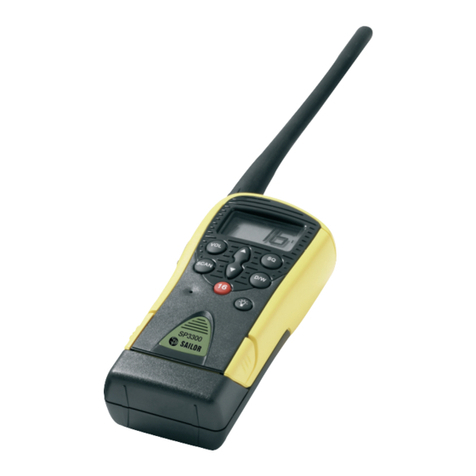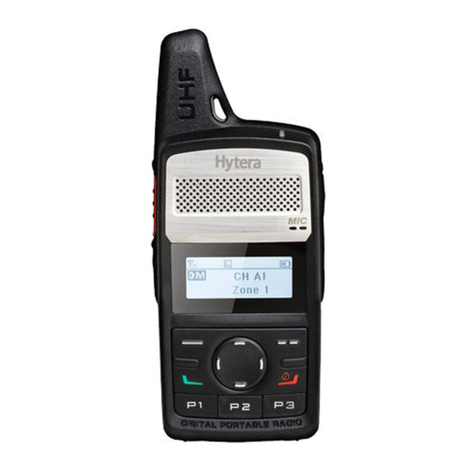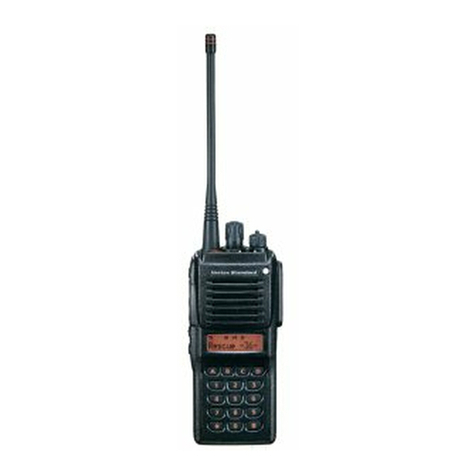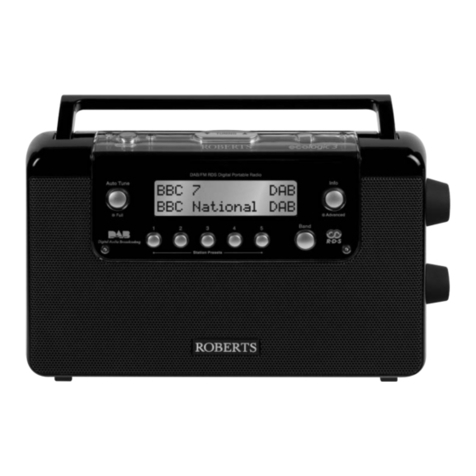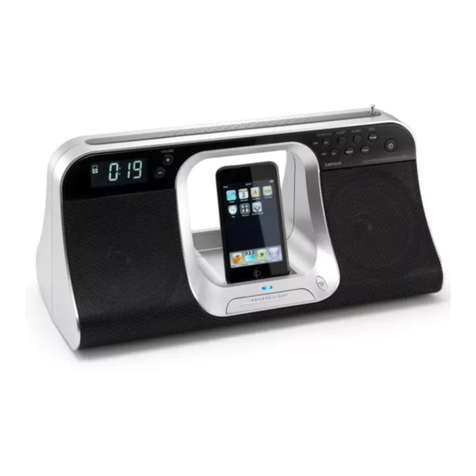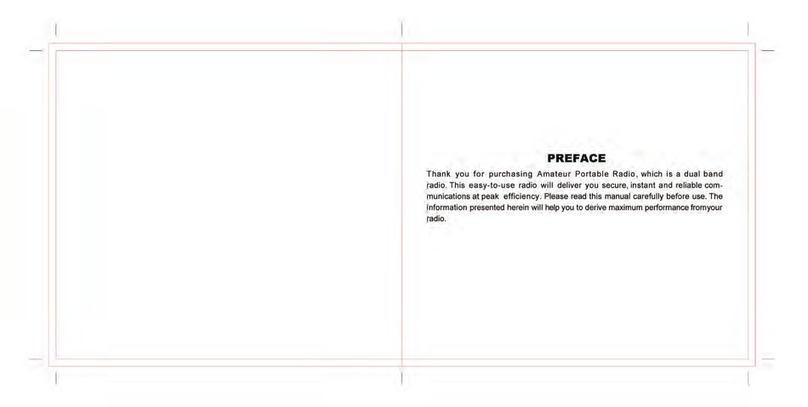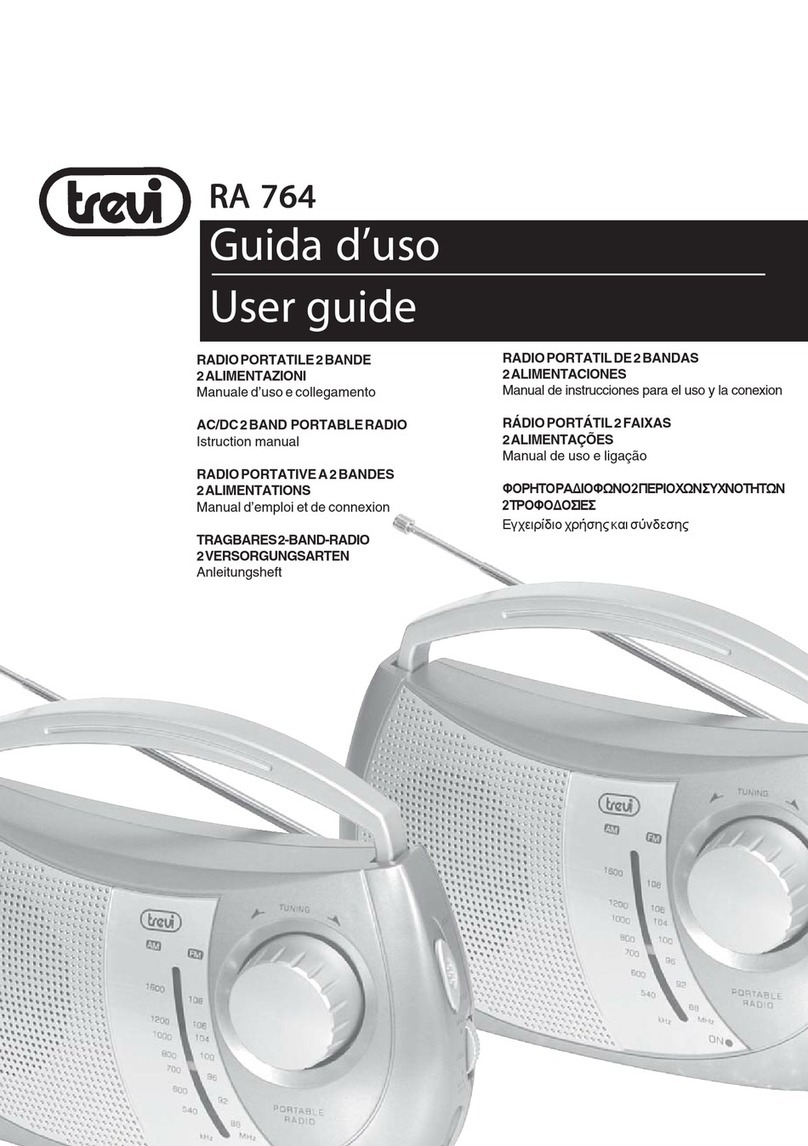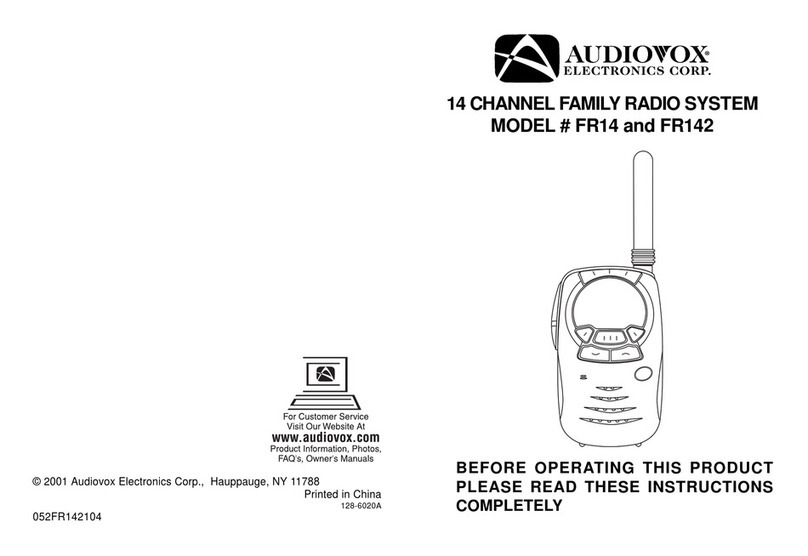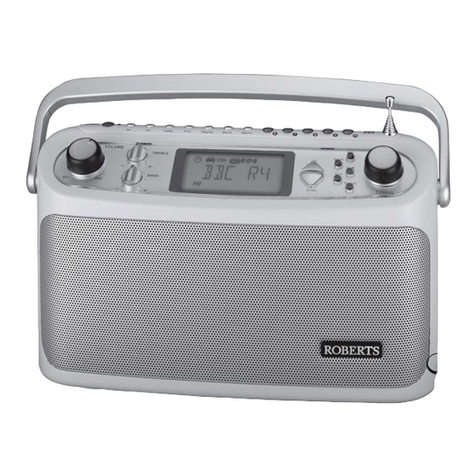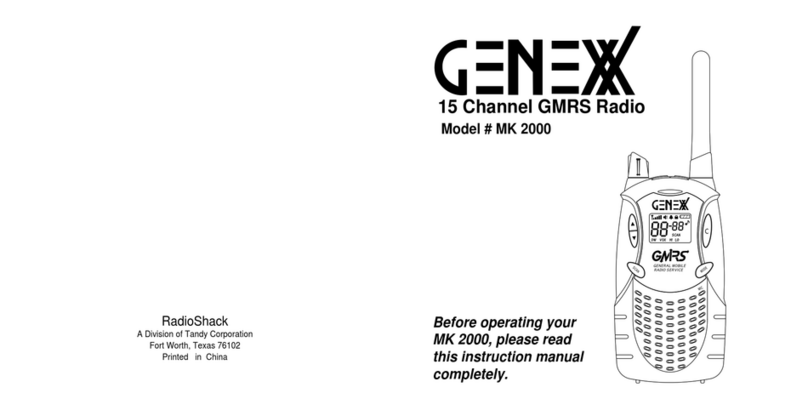
Features2GB
Owner’s record
The model and serial numbers are
located at the rear of the unit. Record
the serial number in the space provided
below. Refer to them whenever you
call your Sony dealer regarding this
product.
Model No. ICF-SW7600GR
Serial No. _________________________
Warning
To prevent fire or shock hazard,
do not expose the unit to rain or
moisture.
To avoid electrical shock, do not
open the cabinet.
Refer servicing to qualified
personnel only.
For the customers in the U.S.A.
You are cautioned that any changes
or modifications not expressly
approved in this manual could void
your authority to operate this
equipment.
INFORMATION
This equipment has been tested and
found to comply with the limits for a
Class B digital device, pursuant to Part
15 of the FCC Rules. These limits are
designed to provide reasonable
protection against harmful interference
in a residential installation. This
equipment generates, uses, and can
radiate radio frequency energy and, if
not installed and used in accordance
with the instructions, may cause
harmful interference to radio
communications. However, there is no
guarantee that interference will not
occur in a particular installation. If this
equipment does cause harmful
interference to radio or television
reception, which can be determined by
turning the equipment off and on, the
user is encouraged to try to correct the
interference by one or more of the
following measures:
— Reorient or relocate the receiving
antenna.
— Increase the separation between the
equipment and receiver.
— Connect the equipment into an
outlet on a circuit different from
that to which the receiver is
connected.
— Consult the dealer or an
experienced radio/TV technician
for help.
• Five types tuning methods to
suit your needs
–Direct tuning for tuning in to a
station by directly specifying
the frequency.
–Manual tuning for adjusting
the frequency little by little
manually.
–Auto scan tuning for searching
stations automatically.
–Preset tuning for storing
stations beforehand and
selecting with a touch of a
button.
–Memory scan tuning for
automatically searching
available stations from stations
stored in a specified page.
• Built-in timer operation
With the 2 built-in timers, you can
tune into the station of your choice
at the time of your choice.
• Sleep timer
The sleep timer will automatically
turn off the radio so that you can
fall asleep listening to the radio
without worry.
You can select the time for the
sleep timer to activate from 60
min., 45 min., 30 min., and 15 min.
• Stereo FM reception
You can enjoy FM broadcasts in
stereo using the optional stereo
headphones.
Features
• Worldwide coverage with FM
stereo/SW/MW/LW reception
Simple and precise tuning with
the quartz controlled PLL (Phase
Locked Loop) synthesizer system.
FM: 76–108 MHz
SW: 1 621–29 999 kHz
MW: 530–1 620 kHz*
LW: 150–529 kHz
Refer to the supplied “Wave
Handbook” for more information.
*About channel steps for MW
(medium wave) broadcasts
The MW channel step differs
depending on areas. The channel
step of this unit is factory-set to 9
kHz or 10 kHz. Changing the
settings to be able to listen to the
radio (see page 15).
Area MW
channel step
North and South 10 kHz
American countries
Other countries 9 kHz
